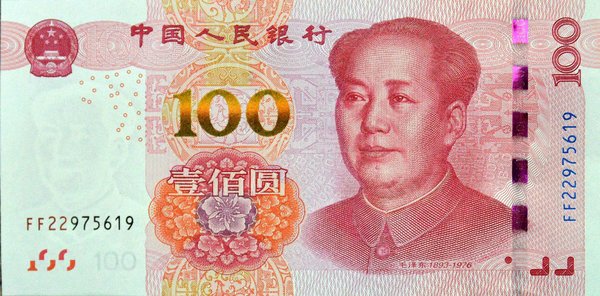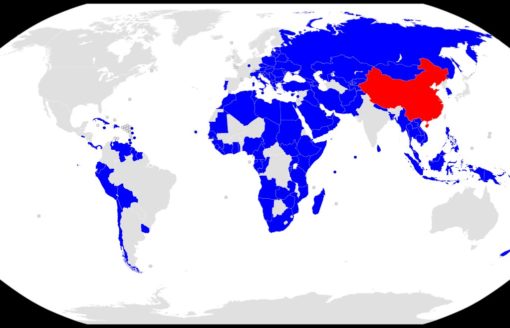In the course of the most recent decade, China has been moving quickly to internationalize its currency renminbi. China has made necessary fundamental infrastructure to enable future capital flows all moving through domestic currency related markets. In this way, global use of renminbi will be quickened. The stock and bond connects between Hong Kong and China set up a few years ago are among the key avenues enabling overseas investors to gain access to Chinese capital markets through the use of renminbi and simultaneously allowing Chinese enterprises and the public sector to tap international capital.
To grow the internationalization of renminbi, China needs to loosen its capital control and restrict money supply.
It mean China has to reduce restrictions on currency exchanges, overseas remittance and asset purchases abroad to sustain the interest of overseas investors in renminbi and allow foreign companies to move their money to home countries easier.
To deal with the crisis arising from the collapse of Lehman Brothers in 2008, bank loans in China surged amid the 4 trillion yuan economic stimulus program. As a result, the country’s total amount of cash and deposits (M2 money supply) expanded from 1.5 times of its GDP at year-end 2008 to 2.1 times at year-end 2016, when corporate debt equaled 166% of China’s GDP.




Hong Kong Establishes Itself as a Leading Financial Hub Trough Digital Transformation